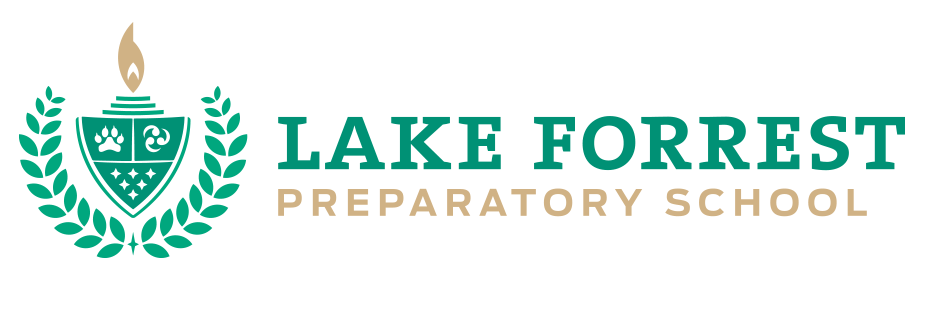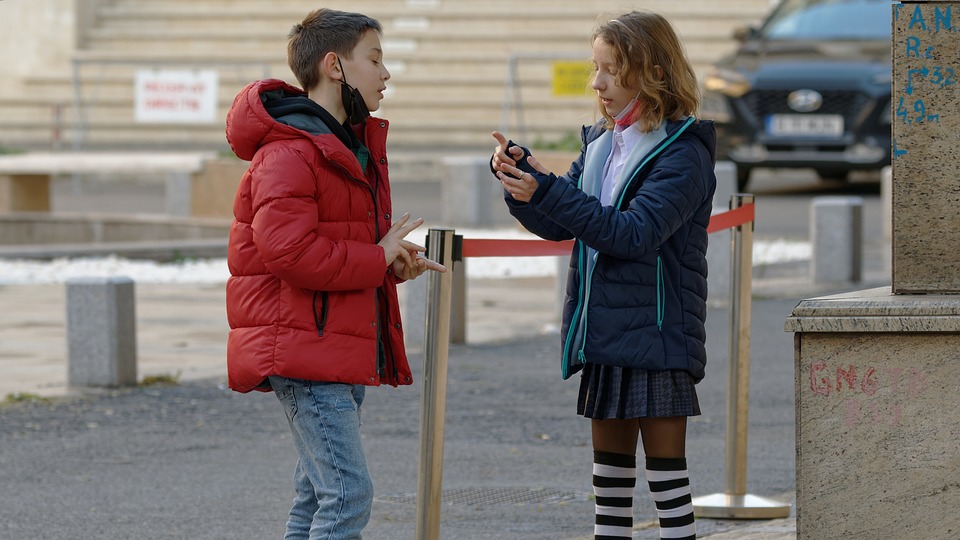As adults, we often take for granted the importance of active listening in our daily interactions. However, for children, this is a skill that needs to be taught and reinforced. Active listening is not just about hearing what someone is saying, but about truly understanding and engaging with them. At Lake Forrest Prep, one of Orlando’s leading preparatory schools, we believe in teaching soft skills like active listening alongside our curriculum. Here are some tips for explaining active listening to children and how they can develop this essential skill.
What is Active Listening?
Active listening involves giving the person who is speaking your full attention. This means not only hearing their words but also paying attention to their body language and tone of voice. Active listening also means responding appropriately to what is being said. This could be by asking questions, summarizing what has been said, or providing feedback.
One way to explain active listening to children is to use the analogy of a detective. A detective must pay close attention to all the clues and evidence to solve a case. Similarly, when we are actively listening, we are paying close attention to all the clues the speaker is giving us to fully understand their message.
Another way to explain active listening to children is to use the example of a conversation between friends. Imagine that your child is talking to their friend about their favorite toy. If your child is actively listening, they are not just waiting for their turn to talk about their own favorite toy. Instead, they are giving their friend their full attention, asking questions, and showing interest in what their friend is saying.
Here are some tips that can help children develop their active listening skills:
Maintain eye contact
Eye contact is a huge part of active listening. Encourage your child to look at the person who is speaking. This will help them focus on what is being said and show the speaker that they are interested in what they have to say. One of the best ways to teach this skill is to model it. Whenever someone is talking to you, put down your phone and listen — especially when your child is talking to you. If you help them feel heard, they’ll do the same for others.
Listen without interrupting
It can be tempting to interrupt when we have something to say, but this can be very distracting for the speaker. Listening fully can also provide the information we were going to ask for. Encourage your child to wait until the speaker is finished before responding.
Ask questions
Inquisitiveness is important to foster in any child, but it’s especially important for active listening. Asking questions shows that we are interested in what is being said and helps us to better understand the speaker’s message. It also provides clarification on things we found confusing.
Summarize what has been said
After the speaker has finished, encourage your child to summarize what they have heard. Teach them to lead with things like “So you want me to…” or “Let me make sure I got all of this.” This will help them to remember the key points of the conversation. It also helps your child come across as more engaged in the conversation.
Provide feedback
If appropriate, encourage your child to provide feedback to the speaker. This could be as simple as saying “Thank you for telling me that” or “I understand how you feel.” This sort of communication builds a bridge between the listener and the speaker, and it helps the speaker feel valued.
In a world where technology and screens seem to rule, active listening has become a lost art for any adult (let alone children). However, active listening is an essential skill that can help children to communicate effectively and build strong relationships. By explaining the concept of active listening to children and providing them with tips on how to develop this skill, we can help them to become better listeners and communicators. At Lake Forrest Prep, we believe skills like active listening equips them for a future as an engaged citizen. To learn more about our holistic approach to preparatory school, schedule a tour with us!


